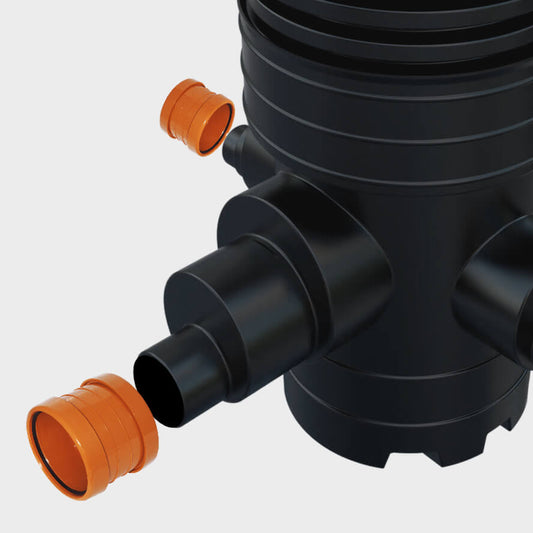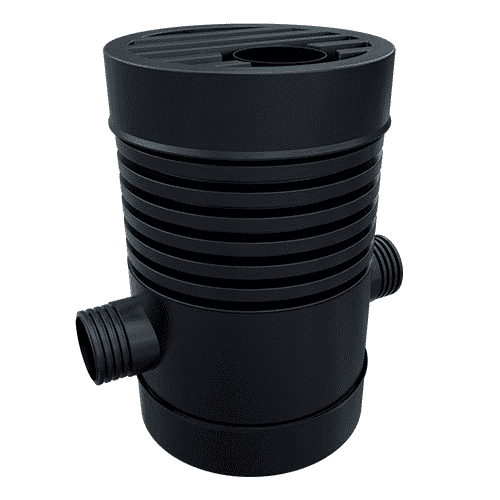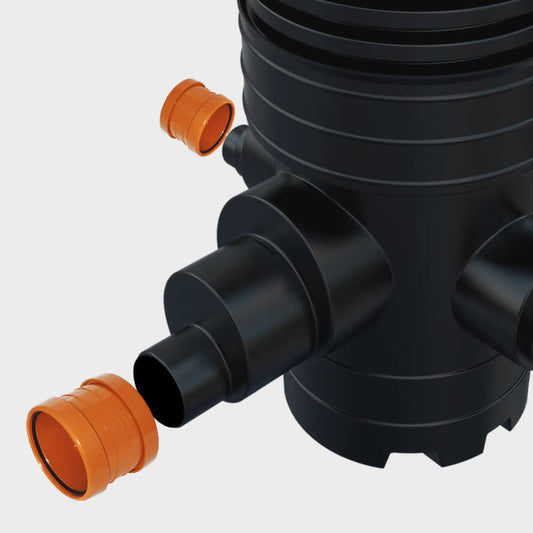Frequently Asked Questions
Where should I install a catchpit chamber?
Catchpit chambers are used in most wastewater management systems, from mainline sewers to surface drainage, such as channel drains. Catchpit chambers are designed to collect any debris, silt, and dirt that could flow into pipes and cause blockages in underground drainage and sewage systems. This is why they need to be installed below the surface. The location of catch pits is determined by water flow rates, the chance for debris and silt to enter into the drainage system, and the maintenance access that will be installed. Chambers require quick and easy access so they can be cleaned and emptied. Contact Cotterill Civils today to speak to a professional with years of experience. You can get in touch via our online enquiry form, and we’ll be in touch as soon as possible.
Do I need to empty a catchpit chamber?
Yes. Catchpit chambers collect dirt, silt, leaves, and debris that would otherwise flow into underground drainage systems, such as soakaways. After a while, the chamber will fill up and will need emptying to prevent flooding and blockages. If it isn’t emptied, the catchpit would be useless and even cause the blockages it was installed to prevent. Reducing the chances of clogging will save you from surface floods and the expense of clearing out your flood management system. To clean the catchpit chamber, simply remove the lid and clean it using a water jet and a jet vac tanker.
How can I prevent damage to my catch pit?
Problems can occur with catchpits if they’re not maintained or installed correctly. You can easily prevent damages from occurring by following these simple steps. • Install the correct catchpit chamber Be sure to select a catchpit chamber size that can adequately deal with the volume of water it will be filtering. If your chamber is too small, it will struggle to deal with the drainage task at hand. For specialist guidance on catchpit chambers, you can get in touch with our experts via our online enquiry form. Or you can give us a call on 01213513230 and we’ll be in touch as soon as we can. • Replace older brick-lined catchpit chambers Over time, catchpit chambers may move due to natural ground movement and structural erosion. This can lead to leaks which can damage the structure of the chamber. High-density polyethylene (HDPE) catchpit chambers are resistant to corrosion and are much more durable. We stock a wide range of plastic catchpit chambers available in different sizes, so you’re sure to find the correct one for your project.
What materials are catchpit chambers made from?
We stock catchpit chambers made from precast concrete or high-quality, high-density polyethylene (HDPE). PCC catchpits come in different shapes and sizes, with different inlet and outlet pipe configurations. PCC catchpit chambers are incredibly robust and usually installed at pipe drain outfalls in an agricultural setting. As they’re precast, they can be installed onsite quickly. HDPE catchpit chambers are just as durable and are also non-corrosive. Catchpit chambers made from HDPE are usually smaller and used for railway drainage and other smaller applications. HDPE chambers are easier to handle than concrete ones and installed under tight time constraints. The chambers we stock also have an impressive impact-resistant rota-bounded base, which makes them highly robust and enables a 60-year life span.














